Movie Couture
Movie Couture
YSL creative director Anthony Vaccarello combines his love for cinema and his passion for fashion in collaborating with today’s directors
by Pamela Golbin
Artwork by Edward Givis
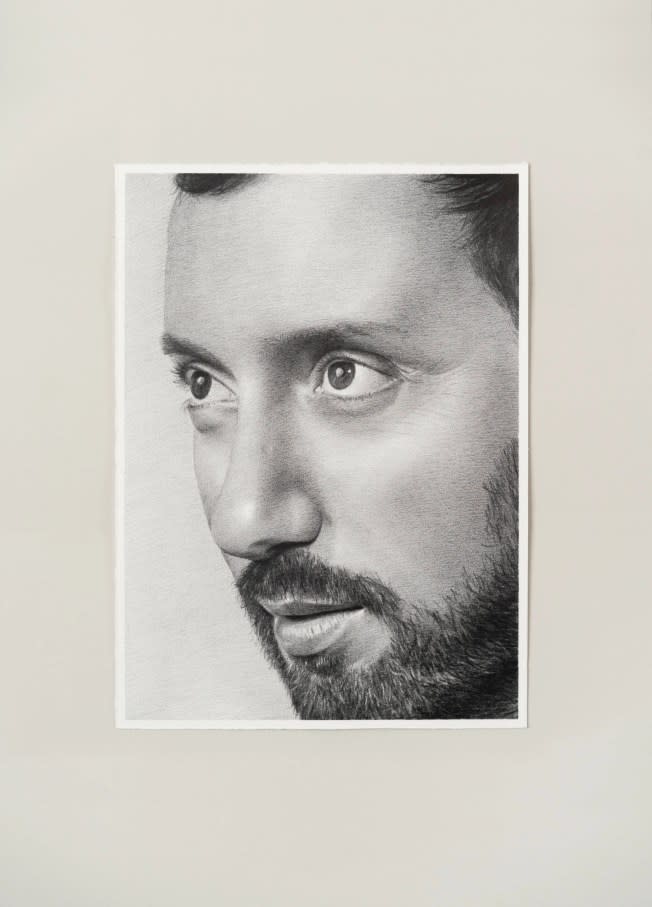
In France, the house of Saint Laurent is a cultural institution. Since joining in 2016, the Italo-Belgian artistic director Anthony Vaccarello has steered the brand to new heights, keeping the house current while staying true to himself. He welcomes us to his left-bank Parisian office in a 17th-century hotel particulier, to speak about his attraction for cinema, fashion, his love of the Los Angeles way of life and his latest undertaking, Saint Laurent Productions. Their initial project, Jean-Luc Godard’s Trailer of the Film That Will Never Exist: Phony Wars, has just received an award from the National Society of Film Critics for best experimental film. Saint Laurent Productions’ first endeavor, Pedro Almodóvar’s Strange Way of Life, was shortlisted for the Oscars. And this year alone, they will release films directed by David Cronenberg, Jacques Audiard and Paolo Sorrentino.
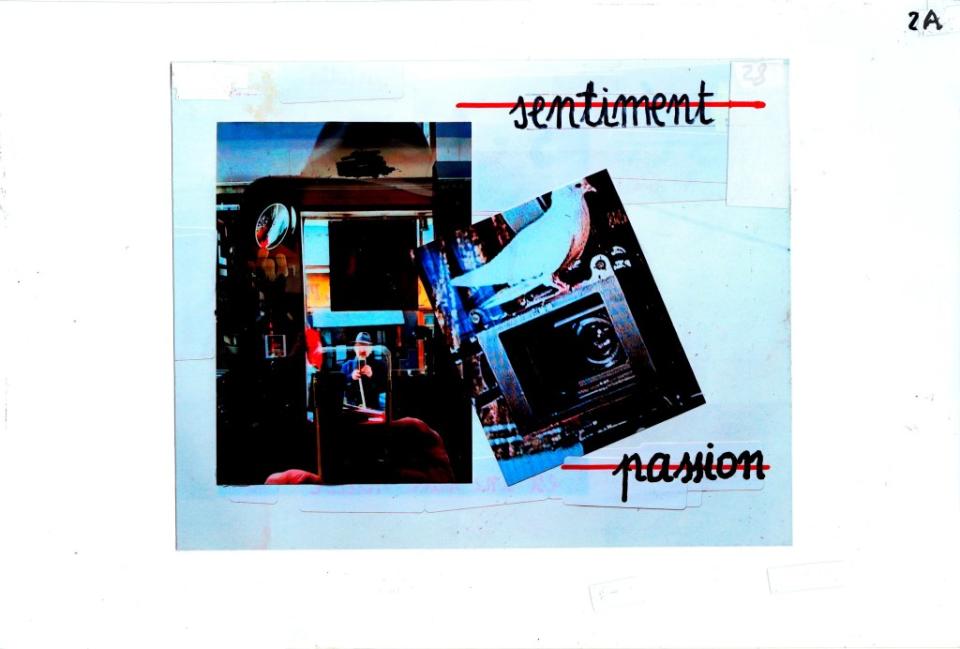
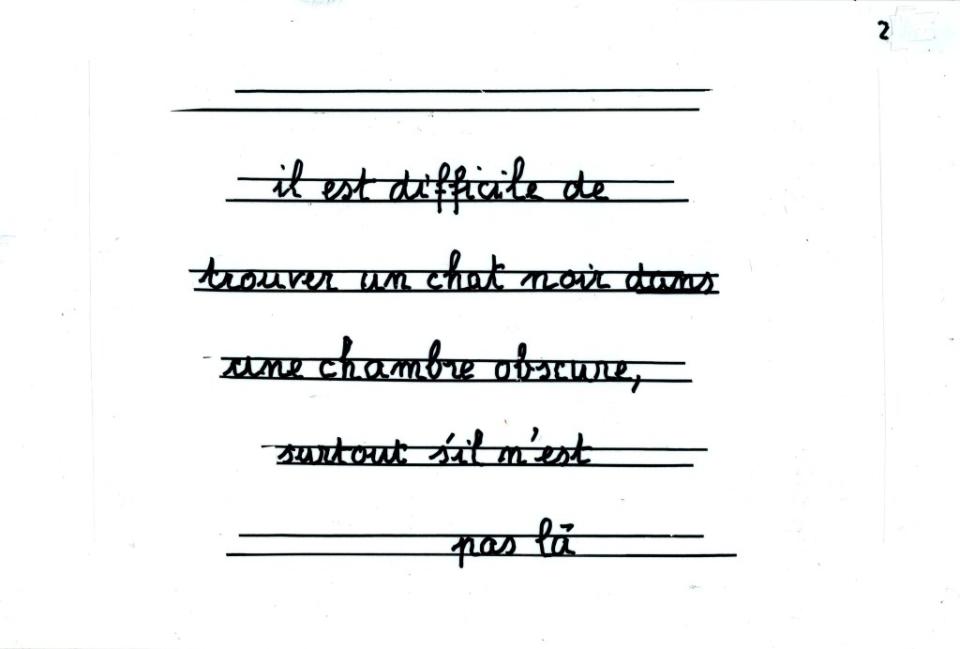
Pamela Golbin: You look calm and serene.
Anthony Vaccarello: It’s just a façade. (Laughs) It’s been rather intense lately. There’s a lot going on. But, it really is great. It’s much better this way.
In 2023, you launched Saint Laurent Productions, a full-fledged production company making the house of Saint Laurent the first luxury brand to count films among its activities. At first, this may seem surprising, but it’s a coherent continuation of the projects you set in motion from the start.
When I first arrived at Saint Laurent, I worked with the filmmaker Gaspar Noé and with Bret Easton Ellis, who is more of a writer but who is very linked to cinema. Up until now, it was always about small projects, and I felt I needed to take it to the next level. I wanted to be taken seriously and not just seen as producing fashion films but to tell real stories and collaborate with directors that I admire. Last year, our first film to come out was with Pedro Almodóvar even though I had already begun a collaboration with Jean-Luc Godard, which remained unfinished.
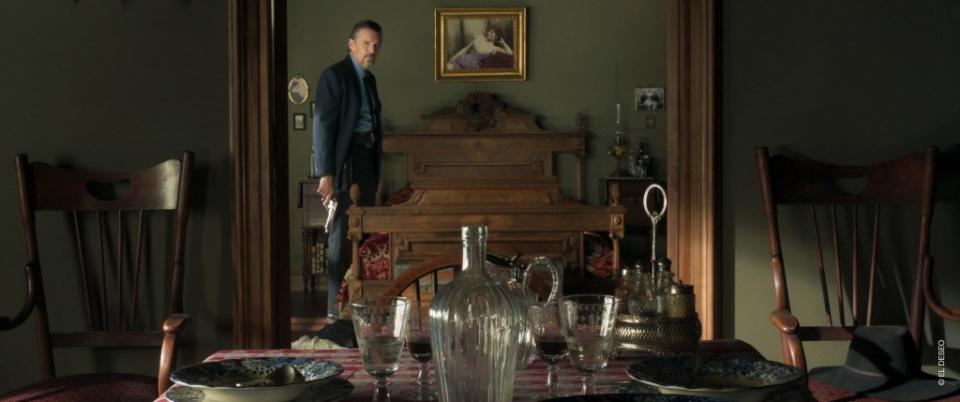
Indeed, he passed away during COVID.
Yes, the film remained in a project stage, but one that I found very beautiful. The trailer was made of collages of his very personal notes. He sent me regular text messages with phrases I didn’t understand, but which were his way of communicating what he wanted to do. I thought it would be nice to release it as it is. It is more interesting than most of the films being made today.
For your first completed project, Strange Way of Life, you worked with Pedro Almodóvar. His film was presented at the Cannes Film Festival last year and was shortlisted for an Oscar. How was the experience?
Almodóvar is a very warm person, someone gentle who has a very strong vision but who is also accessible. So, it was quite easy to discuss costumes with him. It happened naturally with lots of back and forth between Paris and Madrid. Strange Way of Life is the Western he always wanted to make. The central story revolves around the love between two men, which, from the start, we wanted to be very different from Brokeback Mountain.
You made the costumes.
Yes, but that’s not what interests me the most. I did it because it makes sense.
From Cristóbal Balenciaga, a series inspired by the life and legacy of the Spanish couturier, to the historical drama The New Look centering around Christian Dior and Coco Chanel and the more contemporary documentary High & Low – John Galliano, there are a multitude of fashion films that will be premiering in the coming months. It’s a very different space that you’re creating with Saint Laurent Productions. Your future releases include films by David Cronenberg, Jacques Audiard and Paolo Sorrentino.
Yes, from the start I didn’t want our productions to be fashion focused. The films are not to promote Saint Laurent but to support the work of an artist. I don’t want it to be commercial. We don’t need that. We already know what Saint Laurent stands for. And, I think of Saint Laurent’s very personal way of working when he designed the costumes for Catherine Deneuve in Belle de Jour and how his style comes through without it being commercial.
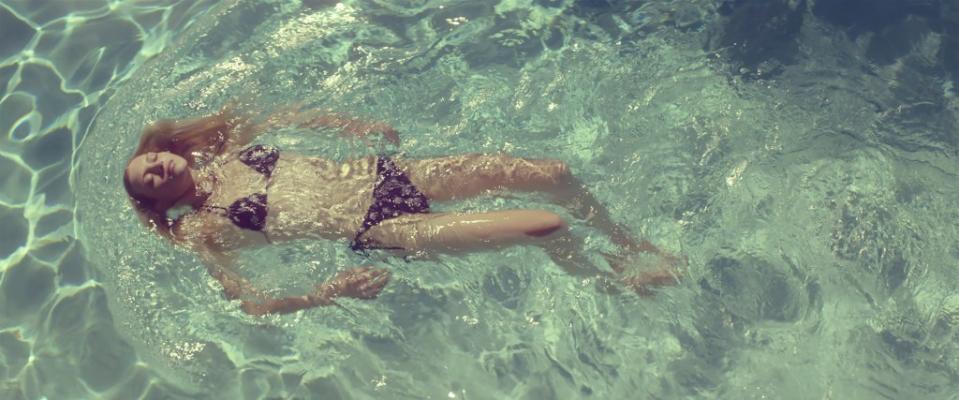
How do you select the directors you want to work with?
At the moment, my choices are very selfish and personal. In the future, we’ll need to open up to a younger generation, but for now, I especially wanted to work with and put the spotlight on the directors who formed my personal vision. They never fail to open my mind and, in a way, the singular, radical vision they bring to cinema has made me the person I am today.
What have you learned from collaborations with filmmakers?
I haven’t had time to think about what it has meant to me yet. It has brought me a lot of personal satisfaction, a lot of pride. But interacting with these geniuses inspires me to produce films in a certain way. For the moment, I’m not up to it, but it certainly makes me want to create films of my own.
In the past, I did many videos. I learned a lot from Gaspar Noé, especially about the slowness of filming, about the rhythm. I prefer when things go quickly like fashion shows, but it’s true that cinema is very, very slow. With Jacques Audiard, I was fascinated to see that he could do a 10-second scene 50 times with something different in the scene each time.
We can make a similar observation when watching you work on the construction of a jacket, for example.
That’s what it’s all about, ultimately being able to edit down to the essential. This is what I like more and more in my work. It’s to edit as much as possible. If you alter a millimeter here and a millimeter there, it completely changes the silhouette. Yes, in that sense, it is similar to Audiard’s process.
When I think about it, Saint Laurent’s designs in the 1990s should have been more edited. Helmut Lang was coming onto the scene and there was a whole new young generation of designers. He stuck to what he was familiar with, which he did very, very well, but perhaps he missed the shift to something more modern. It is important for me that the house stays current and that we deliver a clear message after each fashion show.
Are you more patient now?
Oh, not at all. But that’s the good thing about my job. We don’t have time to be too contemplative. We must move forward. I like that.
What does cinema mean to you?
For me, cinema has always been an escape. I grew up in Belgium, where it was always very, very gray. Cinema took me somewhere else, out of my everyday life. It was more like a dreamscape. When I was at art school, I became very interested in independent cinema and watched the likes of Almodóvar and Rainer Fassbinder.
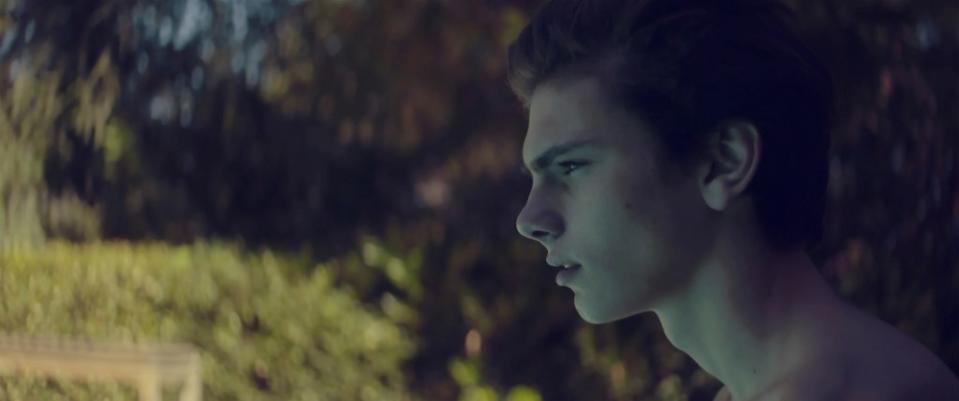
Is there a film by Fassbinder that influenced you particularly?
All his films left an impression on me, especially The Bitter Tears of Petra von Kant which features an all-female cast. It’s about resilient women facing complicated situations. I like it when there are strong female characters. In Brussels, I was lucky that at the time there were film libraries geared towards independent cinema. There wasn’t the blockbuster movie side so prevalent today. The neighborhood theaters showed many of the older movies so it was easy for me to see them.
Saint Laurent often spoke about a Marlene Dietrich photo which influenced him when he designed his “Le Smoking” tuxedo suit for women. Is there a decisive moment for you linked to cinema?
I was very touched by the end scene of Fassbinder’s Bitter Tears when the heroine, Petra, played by Margit Carstensen, is slouched over on the thick white carpet wearing a green dress with a red flower bow around her neck. It’s very Guy Bourdin. That image has been a great source of inspiration for me at Saint Laurent.
There is also Mamma Roma by Pasolini. I can still see Anna Magnani, wearing her nuisettes, so Italian in their design, which also reminds me of my family origins, as both of my parents are Sicilian. I have always felt a duality in my approach between the slightly colder side of German cinema and the exuberant and strong Italian women.
A duality found in your razor-sharp yet sensuous silhouettes.
They say it’s sexy. I don’t know what that means, but I am drawn to women who have the power to be sexy and decide their destiny. They are never submissive or waiting for someone, on the contrary.
I think of Saint Laurent who always said that it was all about attitude.
Yes, it’s super important to me.
In your process, you start a collection almost like a film script.
Yes, I always start with an image, a look, an allure. I imagine what my heroine does, where she goes, who she loves, what she thinks. And for the last couple of years, it has helped me to construct my silhouettes and the storyline of the collection. I don’t create for a static woman. My heroine is always on the move.
Are you more captivated by a photograph or a moving image?
A photo freezes the moment. Video allows you to tell something else, to go further and to hold the viewer longer. We have more time to convey a message.
How do you describe working with photographer Jürgen Teller?
He is my Helmut Newton, but I can understand the relationship Yves Saint Laurent may have had with Helmut Newton at the time. Newton twisted this very glamorous and very feminine side that Saint Laurent had. Jürgen is more anchored in reality making his images much more contemporary.
For me, Helmut spent more time creating an image that also corresponded to his era. Jürgen is more in the present moment and is interested in the raw side of things. He says “it works” or “it doesn’t work.” In the end, we end up shooting less. We don’t make the models pose for hours. It’s more of a portrait in a moment.
In both cases, there is empowerment that is given to the sitter whether they’re clothed or not.
Yes, we don’t see them as naked. I think of Charlotte Rampling on the piano, for example.
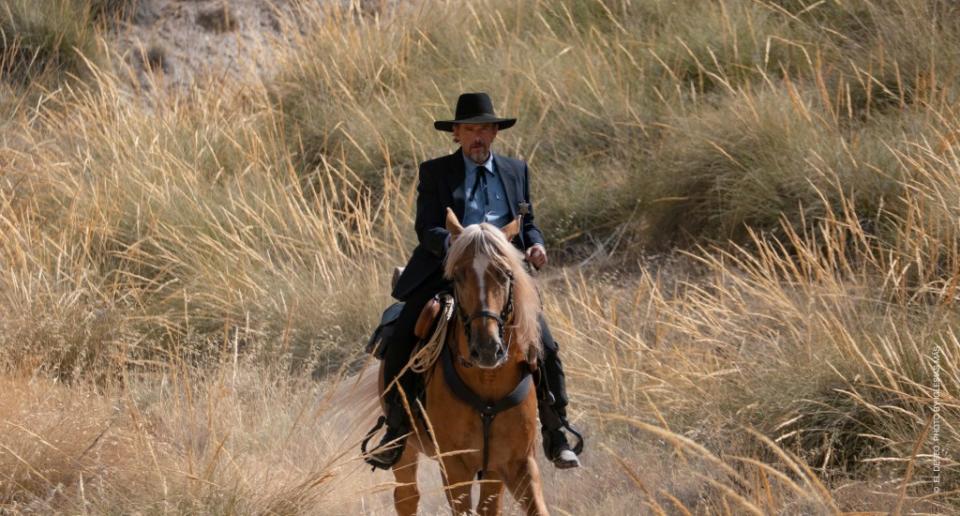
Do you imagine a narrative for your fashion shows?
I spend a lot of time thinking about the show, its beginning, middle and end. What music corresponds to which part? What lighting goes with which girl? I like creating this story that ultimately lasts, what, seven or eight minutes? More than clothes, what’s important is to create an emotion. I like it when people cry. It happens sometimes after a fashion show and it makes me happy because they feel like they have touched something that is beyond a piece of clothing. I like to play with memories, with emotions. I’m quite nostalgic. When a moment ends, I tell myself that it is something that will never come back. I feel as if I could have done more or better, that I could have taken better advantage of the situation. My problem is I don’t often think about enjoying the moment and time goes by so quickly.
Where do you watch your films? Are you more of a movie theatergoer or a home cinema enthusiast?
Definitely, home cinema.
Do you prefer black-and-white or color movies?
Color.
Are you more of a Fellini La Dolce Vita fan or an Antonioni Blow-Up admirer?
Blow-Up.
Do you sing along to Jacques Demy’s The Umbrellas of Cherbourg or contemplate Jean-Luc Godard’s Contempt?
I can’t choose because The Umbrellas of Cherbourg reminds me of my mother and it makes me cry every time. And Contempt is simply perfect. So, both.
You spend a lot of time in Los Angeles.
Yes, I’m there quite often. What I like about Los Angeles is the flight, the distance, being completely disconnected. The weather, the way of living, the possibility to be with my family and be very isolated. You have to know the city, and I was lucky to have been introduced by people who were born there. It’s a quality of life that suits me. Living with a natural rhythm, getting up when the sun rises and going to bed when it sets allows me to be more relaxed. When we return to Paris, my son always asks, “Where is the sun?” (Laughs)
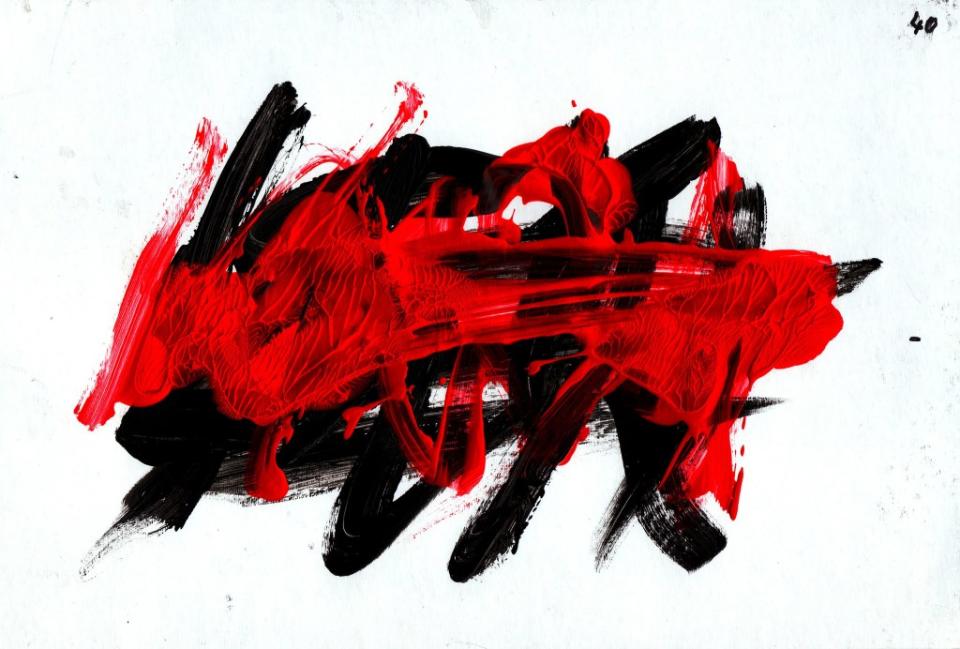
This year alone, Saint Laurent Productions is presenting three film projects that have been selected for the Cannes Film Festival. How does it feel to see your name on the roster: “Saint Laurent by Anthony Vaccarello presents”?
It was moving when I first saw it last year in Cannes. For Almodóvar’s Strange Way of Life, my name appeared just after Pedro Almodóvar. It’s like a childhood dream come true. It makes me believe that anything is achievable. It’s great to say to yourself that it’s possible to do what you want at a very demanding level.
Once you have realized your dream, what happens next?
It’s complicated because just being here is already a dream. Saint Laurent, for me, is the most beautiful house, the Holy Grail of houses. What can top that? The only thing you can do is to start something completely different. Ever since I was little, everything has happened to me organically and naturally. I’ve never had any career plans. We need to renew ourselves constantly and create new things, not stay locked in. We need to aspire to new dreams that I don’t necessarily have yet.
To future dreams then.

PAMELA GOLBIN
French curator and fashion historian Pamela Golbin is celebrated for her contributions to the world of art and design. She sat down for a rare interview with Yves Saint Laurent creative director Anthony Vaccarello to talk about his passion for cinema and YSL’s bold collaborations with some of cinema’s giants.
The post Movie Couture appeared first on TheWrap.

 Yahoo Sports
Yahoo Sports 
